Space Force leader suggests education secretary should be on the National Space Council
Thursday, 11 November 2021 20:38
arly education about the value created by space technology should be a national priority, the top enlisted leader of the U.S. Space Force said Nov. 11.
Thomas during event from Space Station
Thursday, 11 November 2021 17:37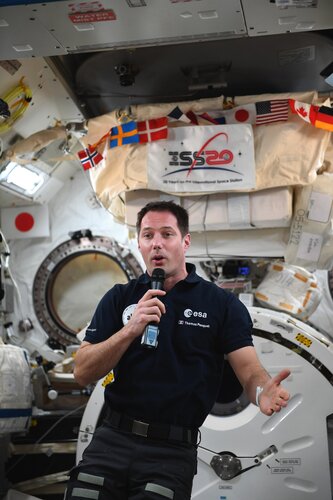 Image:
Thomas during event from Space Station
Image:
Thomas during event from Space Station U.S. Space Force buys three new GPS satellites from Lockheed Martin
Thursday, 11 November 2021 17:16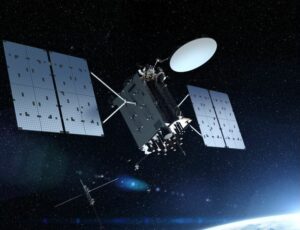
The U.S. Space Force has ordered three GPS 3F satellites from Lockheed Martin for $737 million, a spokesperson said Nov. 11.
Chinese rocket firms make new moves toward launch
Thursday, 11 November 2021 16:35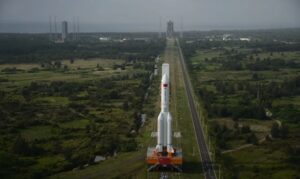
A number of Chinese launch firms have taken steps towards realizing plans in recent days with a series of agreements, engine tests and launch vehicle deliveries.
Medical experiments in space
Thursday, 11 November 2021 14:22
The SpaceX carrier rocket lifted off from NASA's Kennedy Space Center in Florida, U.S. early on Thursday morning, Central European Time. The 'Cosmic Kiss' mission's four crew members will travel to the International Space Station (ISS) on board a Crew Dragon capsule. They will remain on the ISS until April 2022. Joining his three NASA colleagues is ESA astronaut Dr. Matthias Maurer, the 12th German in space and the fourth German on the ISS. This will be the 51-year-old materials scientist's first-ever space flight, for which he has been training and preparing since April 2020.
During his mission, Dr. Maurer will conduct an array of experiments. Responsibility for the selection and coordination of the mission's German experiments rests with the German Space Agency at the DLR. All experiments have completed numerous testing stages, such as parabolic flights.
Mapping our human footprint from space
Thursday, 11 November 2021 12:05
The world’s population is expected to reach 9.7 billion in 2050, according to the UN Department of Economics and Social Affairs. Urban areas are already home to 55% of the world’s population and that figure is expected to grow to 68% by 2050. Rapid and unplanned urbanisation, combined with the challenges brought by climate change, can lead to an increase in air pollution, higher vulnerability to disasters, as well as issues related to the management of resources such as water, raw materials and energy.
To improve the understanding of current trends in global urbanisation, ESA and the German Aerospace Center (DLR),
Astroscale and New Zealand to partner on space sustainability projects
Thursday, 11 November 2021 11:28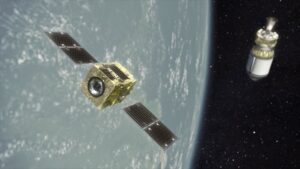
Astroscale signed an agreement with the government of New Zealand Nov. 10 to study advanced concepts for orbital debris removal.
Watch live: Crew-3 arrive at International Space Station
Thursday, 11 November 2021 10:01
Coverage of ESA astronaut Matthias’s Maurer’s journey to the International Space Station continues, with docking scheduled for 00:10 GMT/ 01:10 CET Friday 12 November and streaming live on ESA Web TV 2.
Matthias and his NASA astronaut crew mates Raja Chari, Tom Marshburn and Kayla Barron were launched in a SpaceX Crew Dragon spacecraft called Endurance from NASA's Kennedy Space Center in Florida, USA, at 02:03 GMT/03:03 CET Thursday 11 November.
Innovative space data service starts to take shape
Thursday, 11 November 2021 09:00
Plans to create a network of satellites that supply data from space to improve life on Earth have entered a new phase.
Off-Earth manufacturing symposium: how to build a new home in space
Thursday, 11 November 2021 08:53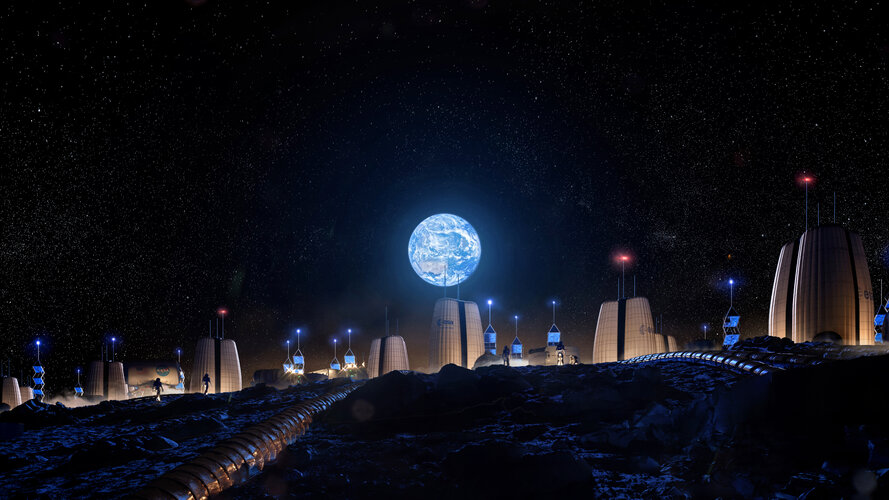
For long-term stays on the Moon and Mars, we would need to use local materials to build on location. Off-Earth manufacturing could be used to construct infrastructure that meets needs such as shielding crews and equipment from radiation, providing food and water, and generating electricity.
ESA acts to protect governmental data
Thursday, 11 November 2021 08:31
Keeping information secure is becoming ever more important in today’s interconnected digital world.
Orbital Assembly Corporation promote space hotels in LEO for investment
Thursday, 11 November 2021 08:12 Orbital Assembly Corporation (OAC) a company focused on becoming the leading large-scale space construction company enabling humanity to work, play and thrive in the space ecosystem announces its crowdfunding equity offering (Regulation CF). OAC plans to use the funding to advance its design and construction teams, marketing initiatives and revenue generating goals around space habitation and co
Orbital Assembly Corporation (OAC) a company focused on becoming the leading large-scale space construction company enabling humanity to work, play and thrive in the space ecosystem announces its crowdfunding equity offering (Regulation CF). OAC plans to use the funding to advance its design and construction teams, marketing initiatives and revenue generating goals around space habitation and co Arianespace Vega to launch 3 EO sats for French military
Thursday, 11 November 2021 08:12 The 12th launch by Arianespace in 2021, the Vega light launcher will lift off, for the third time this year, from the Guiana Space Center in Kourou, French Guiana, on November 16, 2021. It will carry on board three CERES satellites for the French Ministry of the Armed Forces.
The CERES program comprises three satellites flying in formation in low Earth orbit (LEO). Equipped with high-perfo
The 12th launch by Arianespace in 2021, the Vega light launcher will lift off, for the third time this year, from the Guiana Space Center in Kourou, French Guiana, on November 16, 2021. It will carry on board three CERES satellites for the French Ministry of the Armed Forces.
The CERES program comprises three satellites flying in formation in low Earth orbit (LEO). Equipped with high-perfo China to share its Beidou expertise
Thursday, 11 November 2021 08:12 China and Africa will strengthen their communication and cooperation in promoting and using the Beidou Navigation Satellite System, according to participants at an international forum that was held in Beijing on Friday.
Officials, industry leaders and researchers from China, several African nations and the African Union shared their thoughts at the First China-Africa Beidou System Cooperat
China and Africa will strengthen their communication and cooperation in promoting and using the Beidou Navigation Satellite System, according to participants at an international forum that was held in Beijing on Friday.
Officials, industry leaders and researchers from China, several African nations and the African Union shared their thoughts at the First China-Africa Beidou System Cooperat 

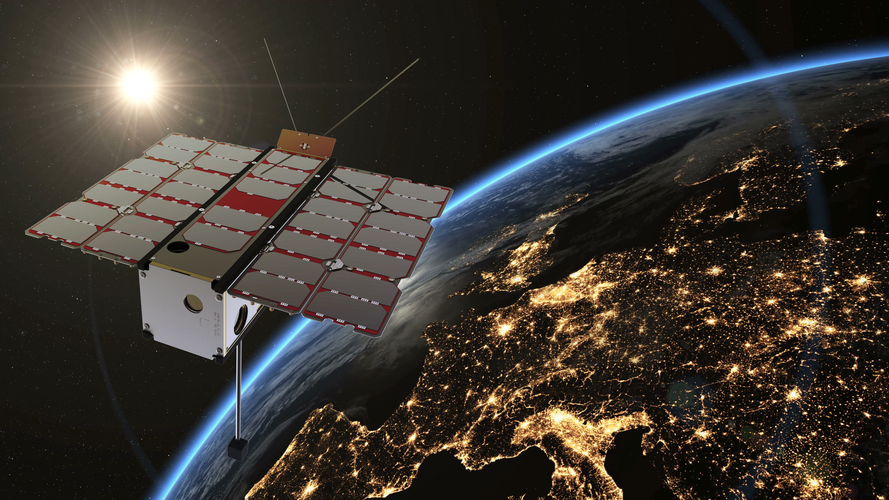 Image:
RadCube reaches out
Image:
RadCube reaches out